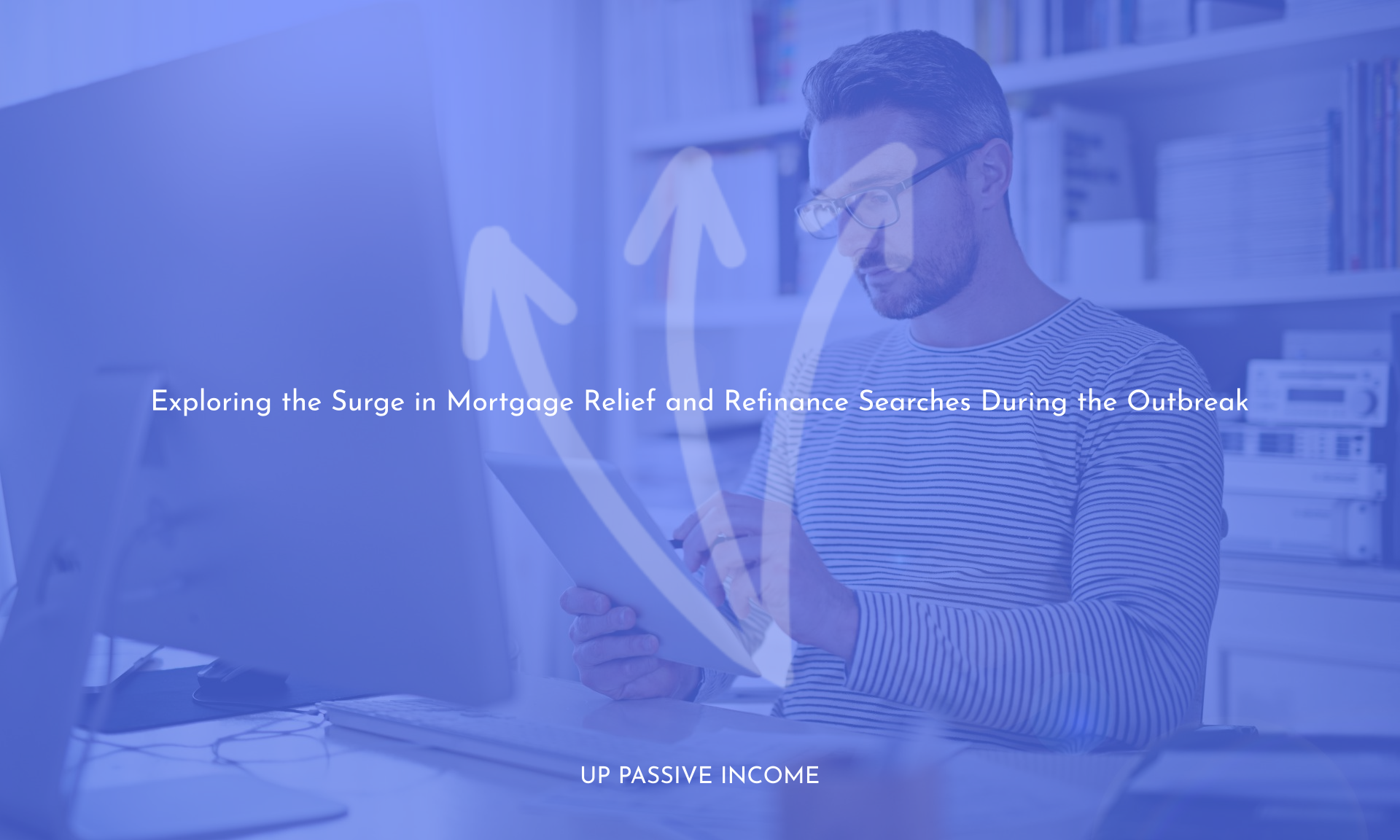Experience the surge in online searches for mortgage relief and mortgage refinance as Americans look for financial solutions during this pandemic. Gain insights into the reasons behind this spike and how it can benefit homeowners. Stay informed and make the most out of the current market conditions.
Discover the significant increase in online searches for both “mortgage relief” and “mortgage refinance” as Americans seek financial solutions amidst the current pandemic. Gain valuable insights into the reasons behind this spike and how it could potentially benefit homeowners. Stay informed and make the most out of the current market conditions.
Table of Contents
If you can gauge how people are feeling by their internet searches, American homeowner sentiment during the first months of the U.S. coronavirus crisis may be split: Some are eager to save money on their mortgages, and others are afraid of falling behind on their payments.
In late February, as mortgage rates began sinking to lows not seen since the spring of 2016, Google searches for “mortgage refinance” began climbing significantly week after week, peaking in mid-March at their highest point in at least 15 years.
A few weeks after “mortgage refinance” searches started mounting, as waves of closures and layoffs rippled across the country, Americans took to the internet looking for “mortgage relief” in numbers not previously seen. Both search terms peaked between March 15 and 28, according to Google Trends data.
These surges in search volume coincided with the economic turbulence related to the global coronavirus pandemic. Mortgage rates had been low and refinancing brisk even before the first diagnosed U.S. case of COVID-19, the disease caused by the virus, on Jan. 20. Rates ticked lower through February, and dipped below 3.4% on Feb. 28. From Feb. 20 through March, global markets crashed and experienced volatile swings not seen since the Great Recession. This volatility is ongoing. On March 19, California issued the first statewide stay-at-home orders that would shutter businesses. By the week ending March 28, a record 6.6 million new unemployment claims would be filed.
The charts below illustrate how searches for “mortgage refinance” and “mortgage relief” rose dramatically over the past several weeks, according to Google Trends data. Values on each chart are relative to the highest point. For example, when searches for “mortgage refinance” peaked the week of March 15, searches for “mortgage relief” were 27% as popular.
Refinance searches peaked on March 15, and then began falling. For context, searches for “mortgage refinance” during the Great Recession were highest in December 2008, when they topped out at just 63% of Marchs volume. And when searches for “mortgage refinance” began falling, those for “mortgage relief” were rising to meet them.
Through refinancing, borrowers can save money by replacing their current mortgage with a new loan that has a lower interest rate. But refinancing isnt free. In most cases, a homeowner will pay as much as 2%-5% of the outstanding principal in refinance closing costs, so the math doesnt make sense for everyone.
People searching for “mortgage relief” are likely feeling a financial pinch or anticipating one. The term is frequently used to describe regulations or practices designed to help homeowners avoid foreclosure. However, search volume data doesnt distinguish between people searching due to an increased need or those researching a term that’s experiencing increased popularity in the news. And mortgage relief is in the news: Lenders and some state governments are taking steps to provide help to borrowers, and on March 27, the Coronavirus Aid, Relief, and Economic Security Act was signed, mandating mortgage forbearance terms for borrowers with federally backed loans.
But search volume confirms that interest in “mortgage relief” isnt entirely new. It previously peaked in 2009, though only at a level 20% of where it peaked just a week ago. When compared with similar terms used during the housing crisis and Great Recession, the search interest for “mortgage relief” in March 2020 is unprecedented. Yes, that green line on the far right of the chart below is that peak.
Borrowers currently struggling to afford their mortgage payments — and those who see such a struggle in their near future — are encouraged to contact their lender. Mortgage relief provisions of the CARES Act require many mortgage lenders to pause payments for up to 180 days of forbearance whether the borrower is directly or indirectly impacted by the pandemic. Lenders may also offer loan modification to make payments more manageable over the long term.
Save thousands on your loan by comparing competitive refi quotes
Get personalized quotes from our marketplace of lenders and negotiate your best rate. Answer a few questions to get started.
Thanks to Source
mortgage relief
mortgage relief
mortgage relief
mortgage refinance



